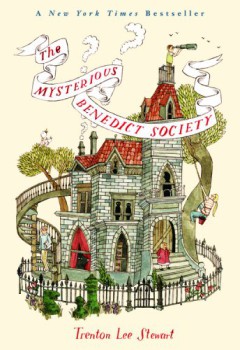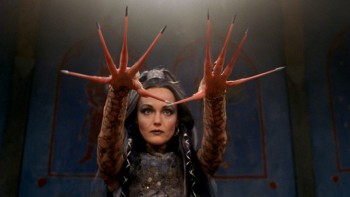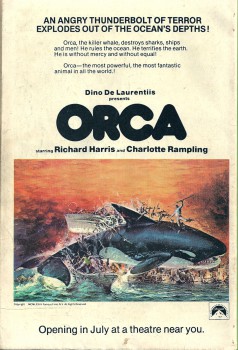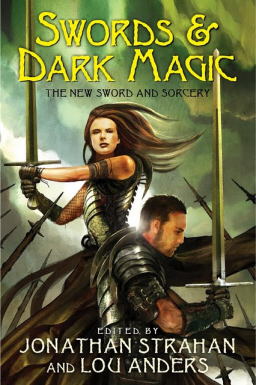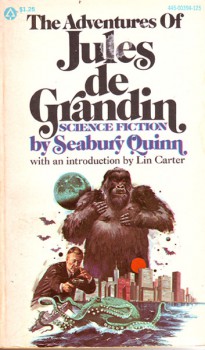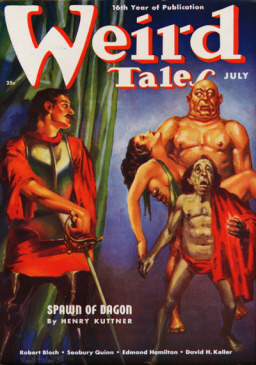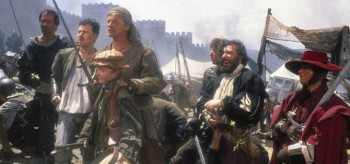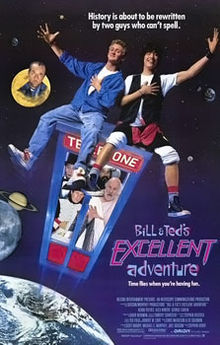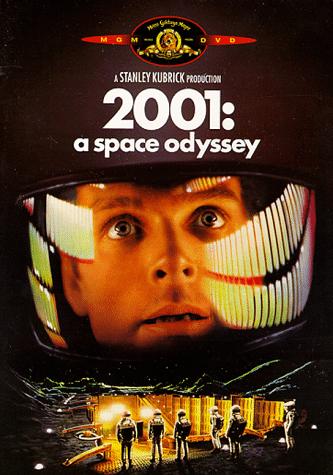How to Run a Successful Kickstarter – Part I
This is Part I of a two-part series on How to Run a Successful Novel Kickstarter
For years I’d been planning on pulling together my short fiction into a collection of some sort to get it out and into the world. And for years I hemmed and hawed about actually doing it. I didn’t have the time. It wouldn’t do well. My time would be better spent on my next novel. You’ve probably said many of the same things yourself.
Well, late last year, a few things changed. One, I wrapped up my debut trilogy, The Lays of Anuskaya, which finally freed up a bit of time for me to work on something besides novel-length work. And two, Kickstarter happened. What do I mean by that? Well, Kickstarter had been around for a few years, but more and more I was seeing successful projects being started and completed on the platform. I saw how impressive some of them were as well, how caught up I got in the “community” that successful projects could bring about. I saw how savvy some project owners were about running the Kickstarters during the ‘Starter itself.
And it got me to thinking: it may take some time and effort, but if they can do it, so can I.
And if I can do it, so can you.
The first Kickstarter I ran was for Lest Our Passage Be Forgotten & Other Stories, my premiere short story collection.
The second Kickstarter I ran was for the third book in my Lays of Anuskaya Trilogy, The Flames of Shadam Khoreh, and it came about all quick-like. That is, I hadn’t planned on running a second Kickstarter, but there were a few, well, “issues” with my publisher, Night Shade Books.

